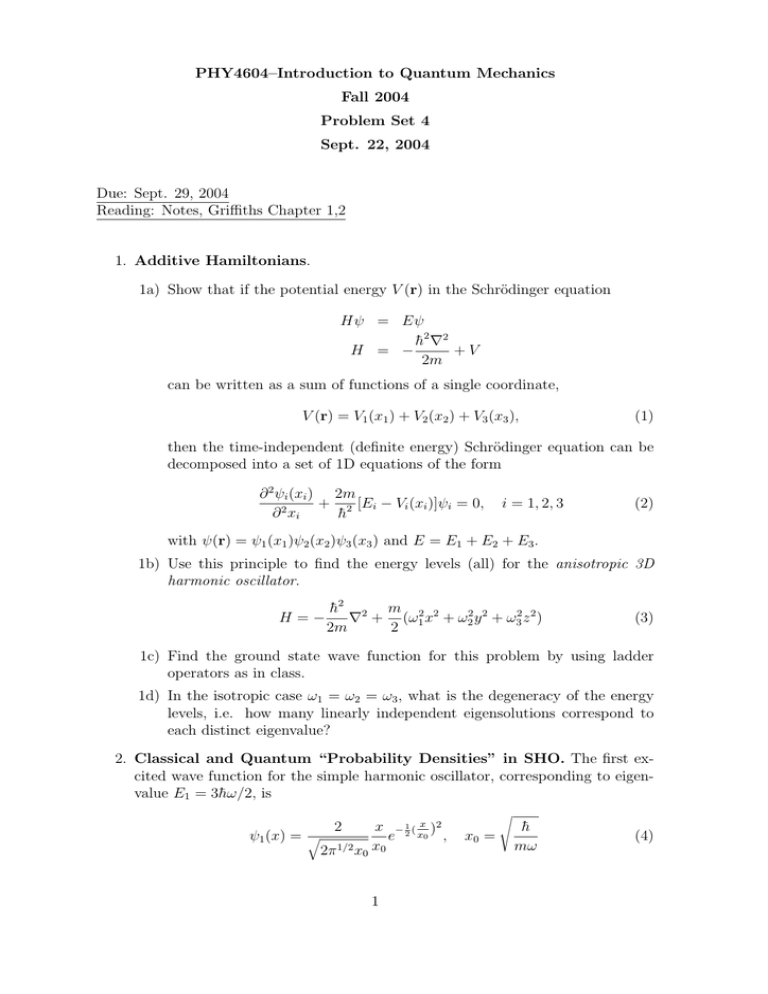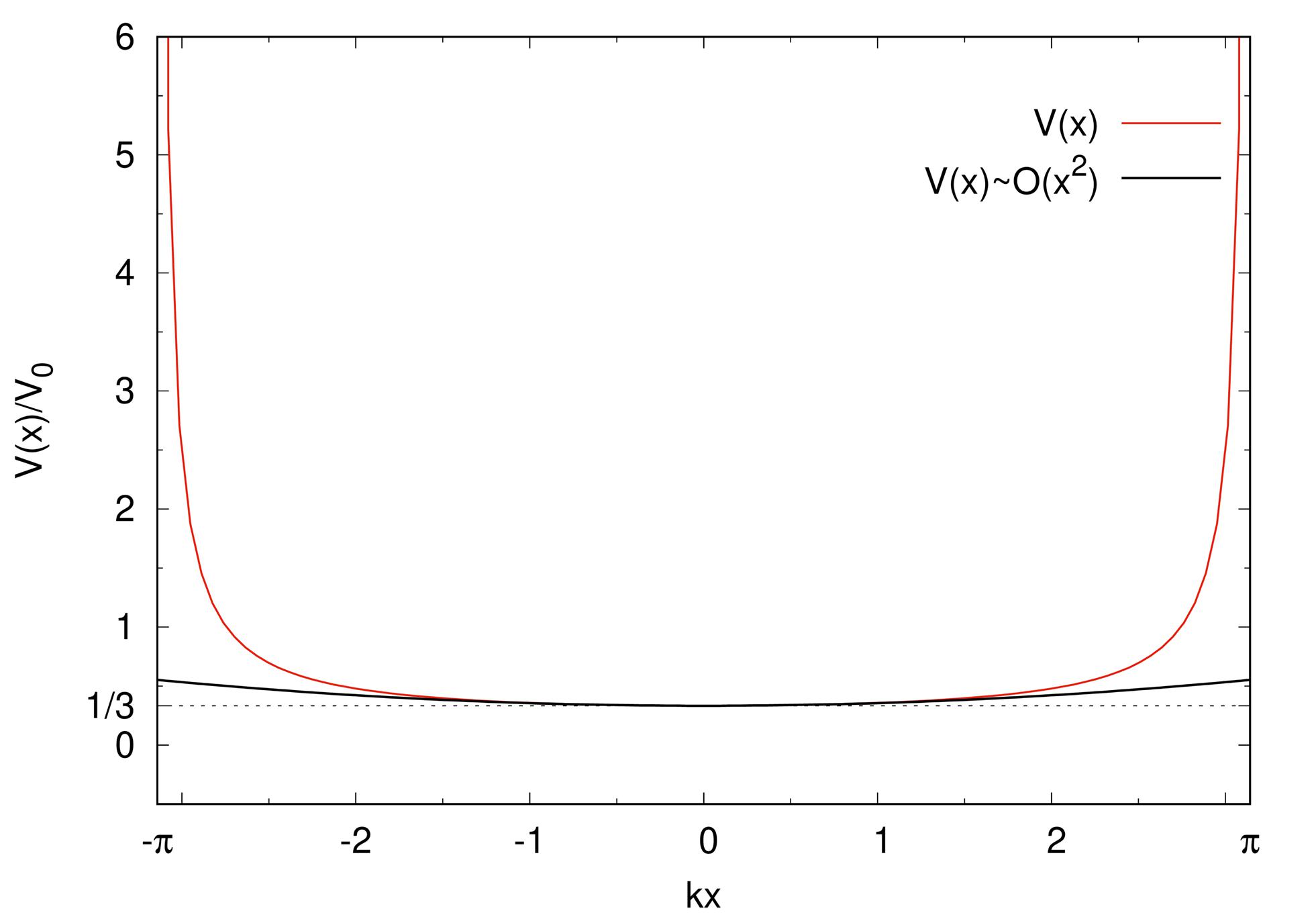

For a three-dimensional box there will be three values for the quantum number n. This expression is used in determining the density of possible energy states for electrons in solids.Įxample of required energy to confine particlesįor a one-dimensional particle in a box, the particle energy for a box of dimension L can be calculated below. This gives a more physically realistic expression for the available energies for contained particles. The energies for a three-dimensional box are If a particle is confined into a rectangular volume, the same kind of process can be applied to a three-dimensional "particle in a box", and the same kind of energy contribution is made from each dimension. The smaller the confinement, the larger the energy required. The energies are quantized and can be characterized by a quantum number nģ. Though oversimplified, this indicates some important things about bound states for particles:ġ. Is used to calculate the energy associated with the particle When the momentum expression for the particle in a box

When this is substituted into the DeBroglie relationship it yields momentum The wavefunction must be zero at the walls and the solution for the wavefunction yields just sine waves.Īnd the higher modes have wavelengths given by The idealized situation of a particle in a boxwith infinitely high walls is an application of the Schrodinger equation which yields some insights into particle confinement. Classical harmonic oscillatorįree particle approach to the Schrodinger equation The Schrodinger equation gives the quantized energies of the system and gives the form of the wavefunction so that other properties may be calculated. The kinetic and potential energies are transformed into the Hamiltonian which acts upon the wavefunction to generate the evolution of the wavefunction in time and space. The detailed outcome is not strictly determined, but given a large number of events, the Schrodinger equation will predict the distribution of results. It is a wave equation in terms of the wavefunction which predicts analytically and precisely the probability of events or outcome. The Schrodinger equation plays the role of Newton's laws and conservation of energy in classical mechanics - i.e., it predicts the future behavior of a dynamic system. Schrodinger equation Schrodinger Equation Solve Schrödinger equation using band-edge potential \(V_\). The process for obtaining self-consistent solution of Schrödinger-Poisson equations is as follows: This solution is described as self-consistent, rather like Hartree’s approach to solving many electron atoms. In order to obtain the solution which involves this effect, the potential used in Schrödinger equation for the electrons and the charge distribution which is based on the energy eigenstates from that Schrödinger equation must satisfy Poisson equation. (6.67*10 12 cm -2 for the GaAs quantum well in this tutorial.) In most cases, the carrier density in a single quantum well is so high that it is important to take this additional potential into consideration.
#1d schrodinger equation plus#
If we add a further test electron into the system, the potential that the test electron feels is the band-edge potential plus Coulomb potential which is caused by the original electrons in the system. Self-consistent calculation of Schrödinger-Poisson equations is one way to treat the manybody effects associated with Coulomb repulsion.įor example, suppose we calculate Schrödinger equation to obtain the energy eigenvalues and eigenstates for a quantum well only one time. Hu, A self-consistent solution of Schrödinger–Poisson equations using a nonuniform mesh, Journal of Applied Physics 68 (1990), no. Valavanis, Quantum Wells, Wires and Dots, (Wiley, 2016, Fourth Edition) Here we briefly discuss about the basic concept of the method used to get the above results. Self-consisent Schrödinger-Poisson solution ¶ Intersubband transitions in InGaAs/AlInAs multiple quantum well systems Intersubband absorption of an infinite quantum well


#1d schrodinger equation code#
Schrödinger-Poisson - A comparison to the tutorial file of Greg Snider’s code


 0 kommentar(er)
0 kommentar(er)
